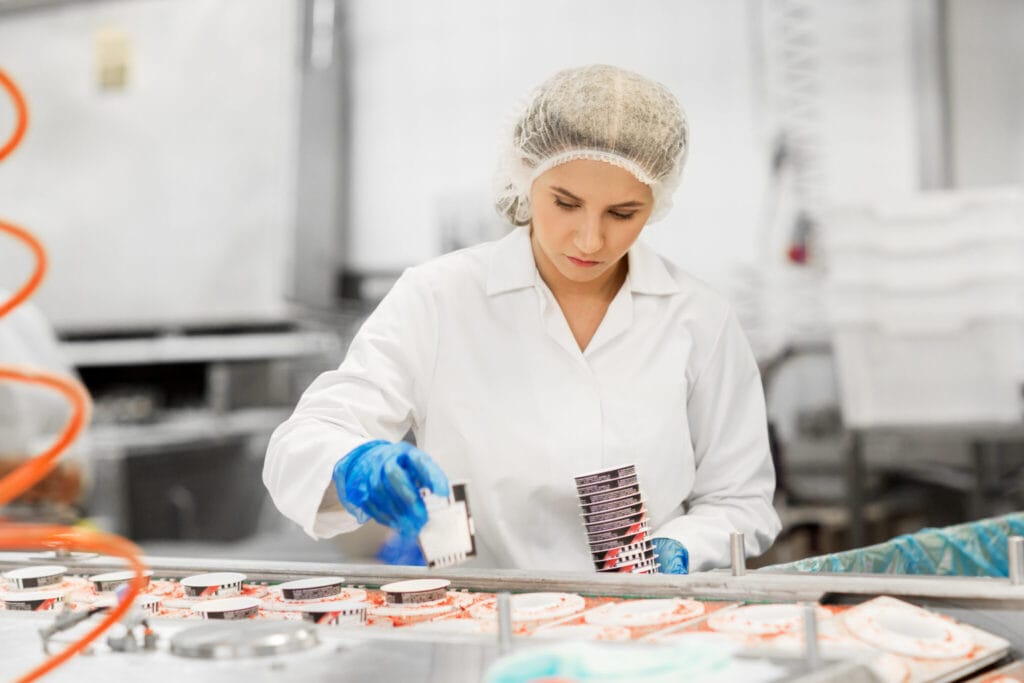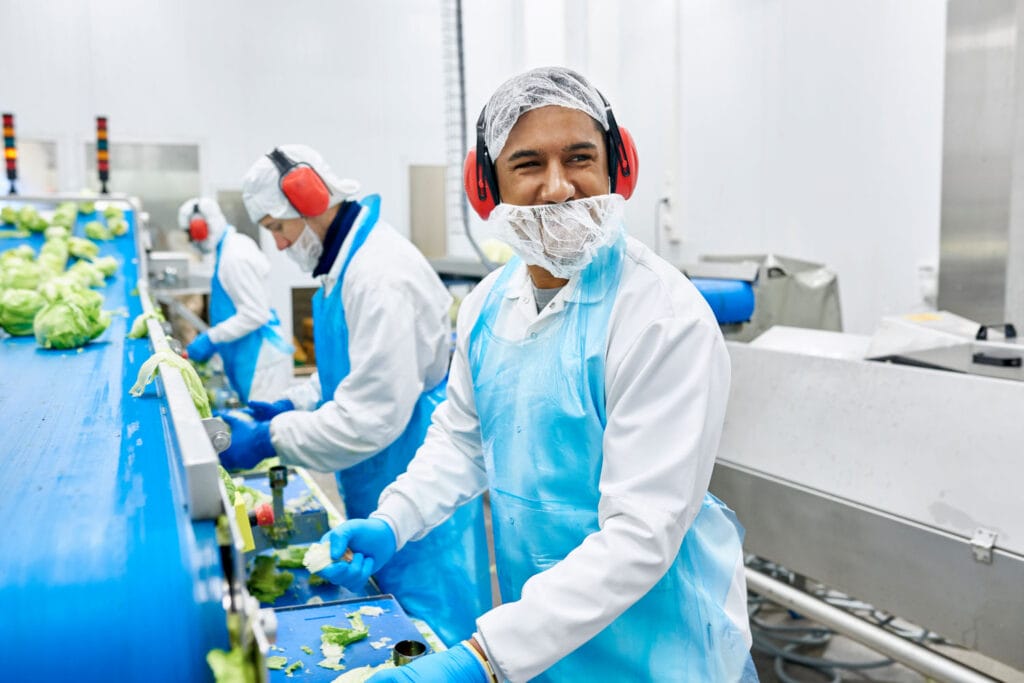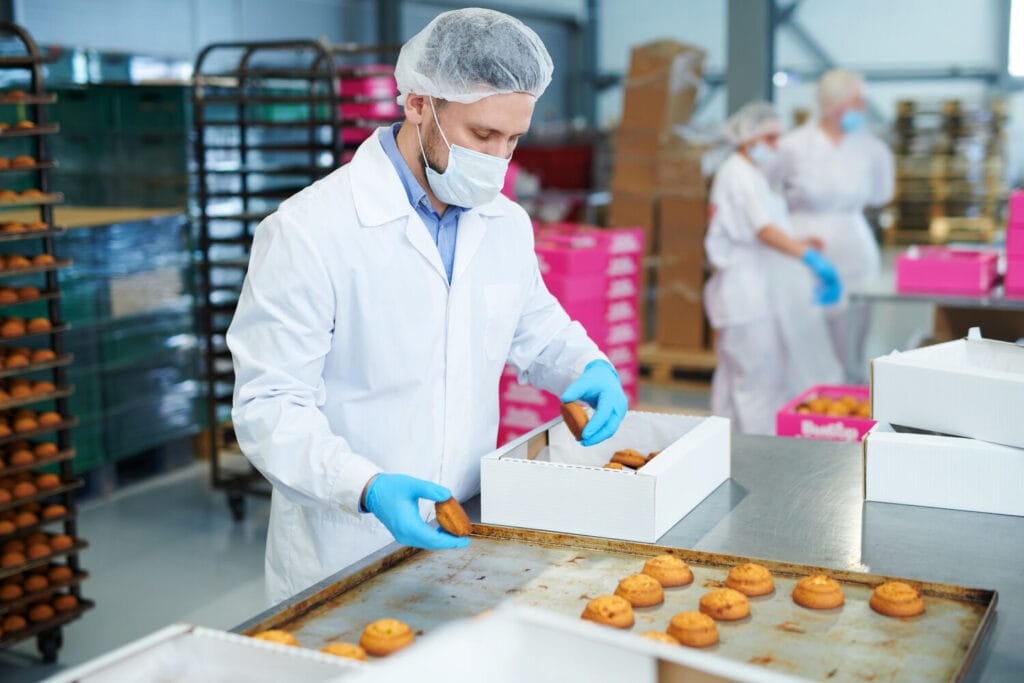
Workwear in the food industry – hygiene and compliance
Hygiene has a major impact on consumer health and safety in the food industry. To ensure adequate quality and safety in food facilities, businesses need to place high standards on both personnel and the environment they work in.
Physical conditions of production, hygiene, storage, and delivery of food and staff equipment all affect the level of hygiene. Keep storage areas clean, well-organised, and secured against unauthorised access. Furthermore, make sure to store food items at the correct temperatures and protect them from adverse effects, such as light, moisture, and insects.
Employees should receive education and training on how to follow strict hygiene requirements. They are handling food items closely, and their priority should be to minimise the risk of food contamination. Continuously inform employees about updates in hygiene and safety requirements. This includes wearing environmentally specific workwear, washing their hands regularly, and wearing protective equipment. When distributing food, employees should follow safety standards and ensure proper packaging and labelling.
Clean zones in food processing
Clean zones is a way to classify different areas in food preparation facilities. They support keeping areas clean and disinfected and maintaining hygiene. Their main purpose is to minimise the risk of food contamination and ensure that clean and unclean areas do not come in contact.
Classifying cleaning zones based on the principle of cleanliness hierarchy
Below are descriptions of different zones and hygiene standards they require. Area 1 has the lowest hygiene requirements, whereas area 4 achieves the highest level of cleanliness in the food industry.
Workwear in the food and beverage industry
Businesses handling food have some of the strictest hygiene procedures that personnel must follow. For instance, the staff should wear hygienically clean work clothes and equipment; including face masks, gloves, caps, or full protective suits.
Adapt employees’ workwear to their working environment. In a high-temperature area, workwear should be made from lightweight material. On the contrary, if the production area is chilly, such as in a refrigerated storage space, warmer workwear garments should be part of the workwear collection.
Food industry workwear that meet the highest standards
In general, the higher the risk of contamination, the more stringent the requirement for workwear should be. For instance, garments used in high-risk areas are allowed to have only interior pockets. Garments used in areas with the highest risk of contamination must not have any pockets, thus avoiding the risk of foreign objects contaminating the products.
Let’s look into some classic types of professional workwear garments in the food sector:



The right textiles for food processing
At Lindström, we design and produce workwear that meets the latest hygiene requirements and regulations. We know the specific standards of the food industry, and our textiles meet the demands of your workplace. Our workwear and uniforms meet widely used international and national standards, such as ISO 22000, BRC, Tesco and HACCP.






